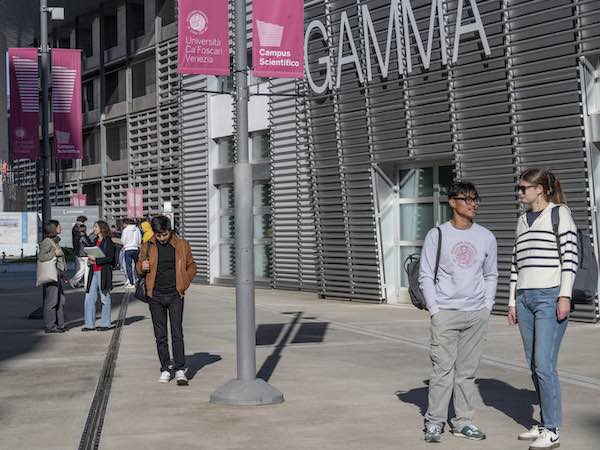In Antarctica internationally leading ice and climate scientists of 14 institutions from ten European countries are looking for the oldest ice on Earth. Goal is to find the place, where in Antarctica the ice core can be drilled which goes furthest back in Earth’s history. Such a core would allow to deciphering past processes in the climate system to improve prognoses for the future. The European Commission with the programme Horizon 2020 funds the project “Beyond EPICA – Oldest Ice” (BE-OI) with 2.2 million Euros, which is coordinated by the German Alfred Wegener Institute, Helmholtz Centre for Polar and Marine Research (AWI).
Italy participates in the framework of the National Antarctic Research Programme (Programma Nazionale di Ricerca in Antartide or PNRA), funded by the Ministry of Education, University and Research (MIUR), is present in the consortium with the National Agency for New Technologies, energy and sustainable economic development (ENEA) and the University of Bologna. Scientists from Italian universities (Ca’ Foscari University of Venice, Florence and Milan-Bicocca), from the Institute for the dynamics of environmental processes of the National Research Council (CNR-IDPA) and from the National Institute of Geophysics and Volcanology (INGV) are involved.
To find 1.5 million year old ice is the goal of “Beyond EPICA – Oldest Ice“ (BE-OI). For comparison: currently, the oldest ice core goes back 800,000 years in time. Such cores contain the air from past times. With laboratory analyses the past composition of the atmosphere can be revealed.
“We do not know, why there was a change in the glacial-interglacial periodicity 900,000 to 1,200,000 years ago.” explains Carlo Barbante, professor at the Ca' Foscari University of Venice and director of Idpa-Cnr.
Before this so-called mid-Pleistocene transition glacial and interglacial periods took turns every about 40,000 years. Since then this period last about 100,000 years. This knowledge originates for example from sediment cores, but these lack the atmospheric gases.
“We cannot dedicatedly investigate the role of the greenhouse gases, because we do not have suitable samples. The only geological archives containing the chemical composition of the atmosphere are the ice cores", says Barbara Stenni, professor at the Ca' Foscari University of Venice.
BE-OI is supposed to change that: the project includes geophysical measurements, rapid drilling technologies and age determination of ice on site. In addition, required drilling technologies will be developed further and tested. The first hands-on work will be starting shortly: In Antarctica glaciologist Massimo Frezzotti (Enea) and the geophysicists Stefano Urbini (Ingv) and Luca Vittuari (University of Bologna), together with other BE-OI partners will investigate the ice sheets’ thickness, its physical properties and the topography of the underlying bedrock at two different sites from an airplane as well as on ground. Ice thickness is just a first indicator of past ice, as different snow accumulation and ice flow behaviour determine, how thick the ice sheet is today.
During the ground programme in a field camp the scientists will concurrently measure snow accumulation and will use new technologies, to drill boreholes and determine temperatures.
“During previous studies we determined key regions, where we expect the oldest continuous ice record on Earth” says Prof Olaf Eisen, project coordinator at the Alfred Wegener Institute. “Now we have to prove this and it is important that we learn as much as possible about deposition processes and the composition of the ice”, explains the glaciologist.
Besides such scientific questions, the project also has the task to assemble technical and personnel expertise for such a deep-drilling project, to set up a science and management plan and to establish the budget and funding. In order to generate a maximum scientific knowledge gain, the wider paleoclimate community and the modelling community are included as well.











